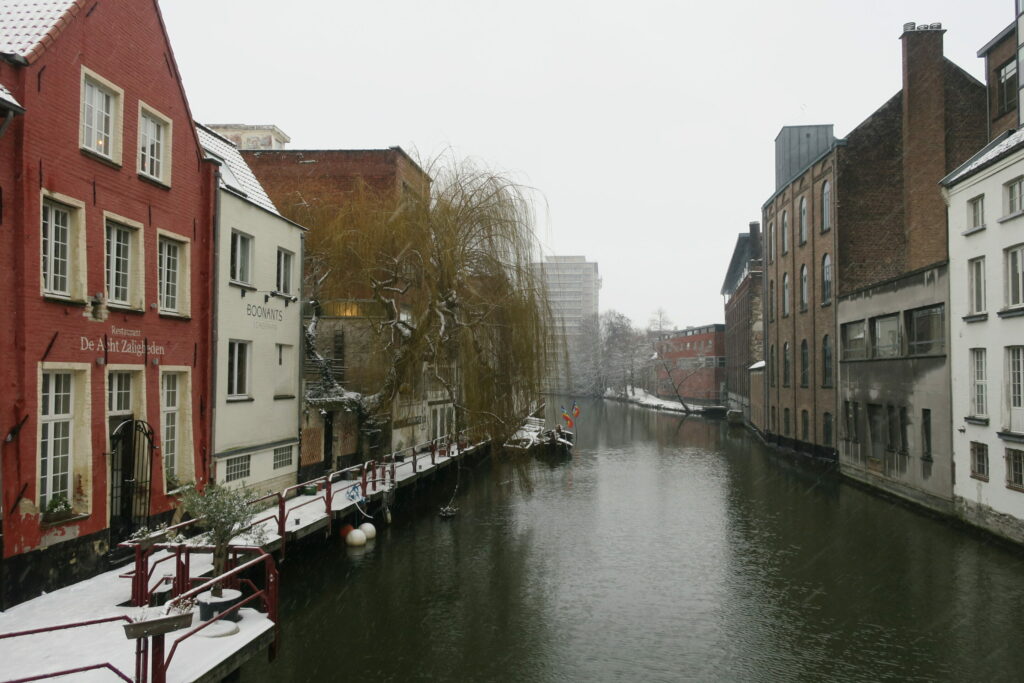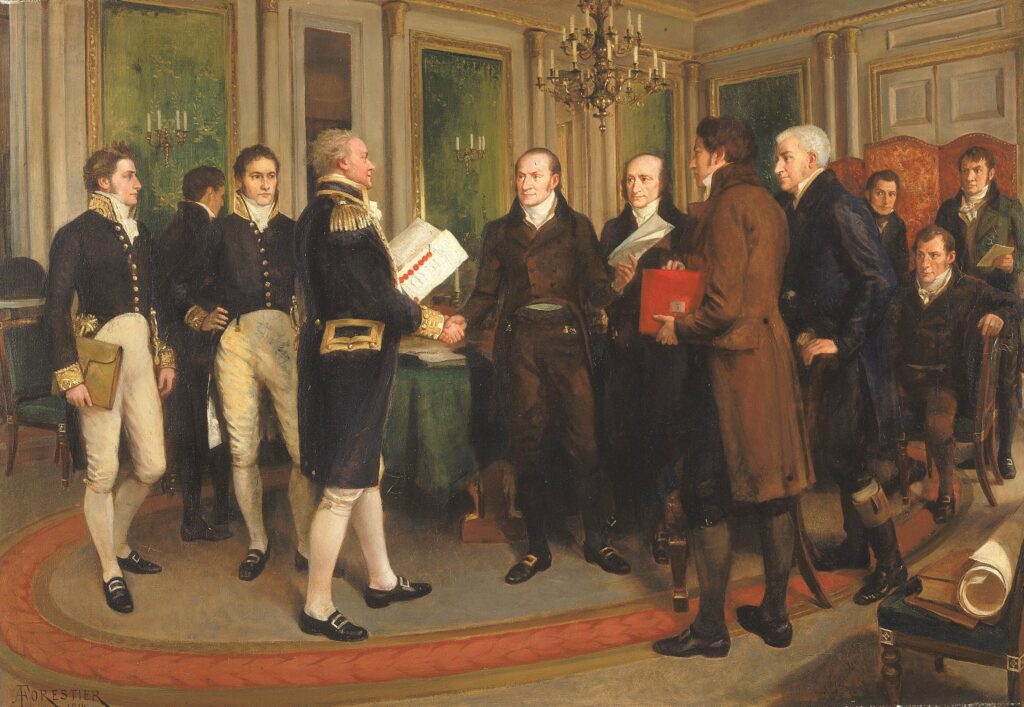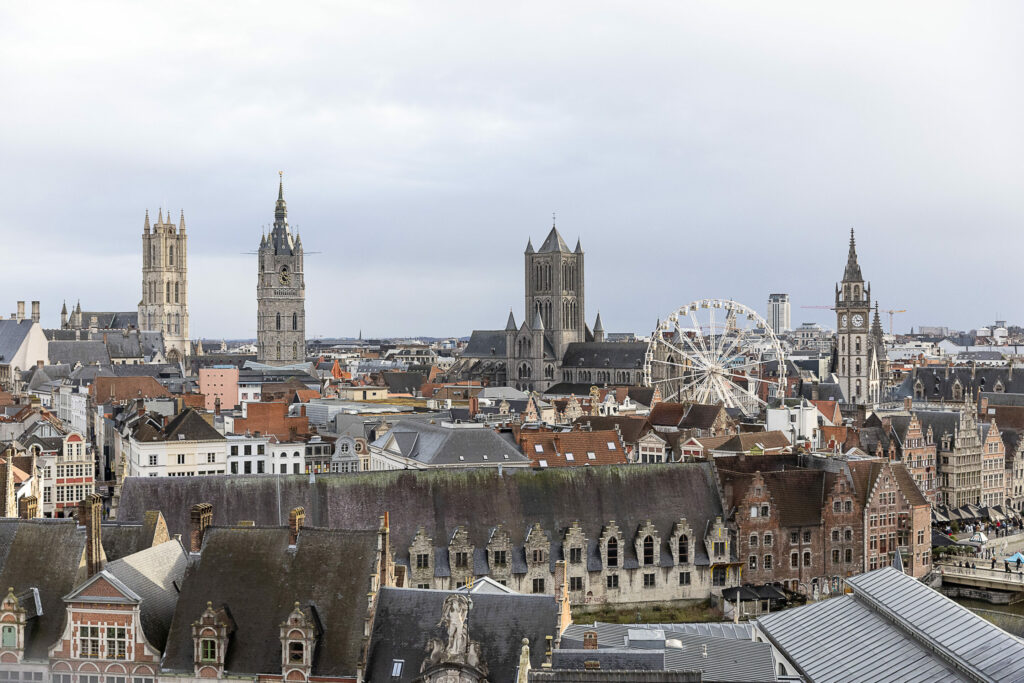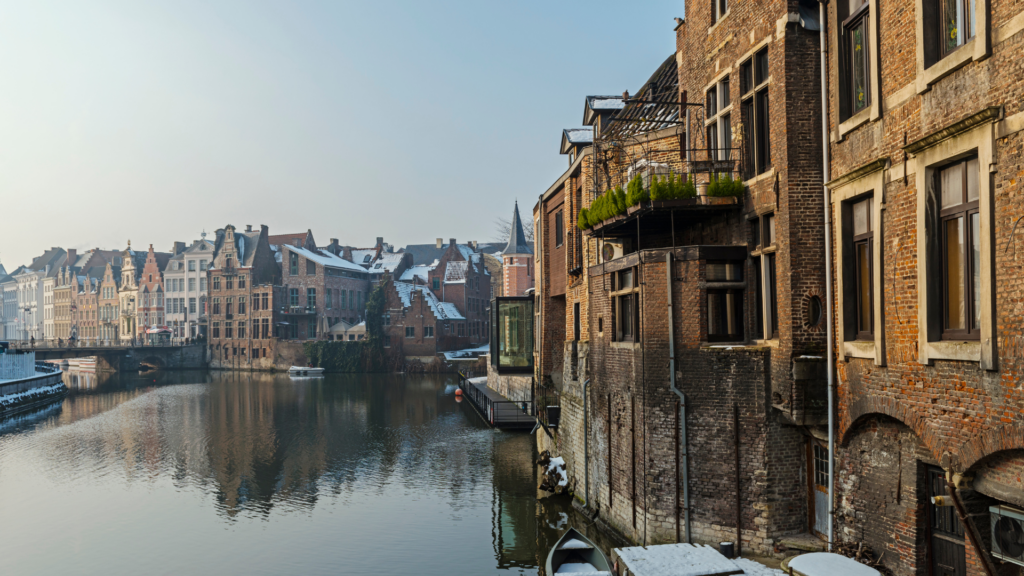On December 24 1814, amidst the chilly cobblestoned streets of Ghent, a curious scene unfolded. Delegates from the United States and Great Britain – two nations locked in a bitter conflict across the Atlantic – were huddled in the drawing room of a townhouse to negotiate a peace treaty that would end what is now known as the War of 1812.
That such a momentous agreement was forged not in Washington DC, the capital city of the nascent republic, or London, the centre of what would become the world’s largest empire, but in the genteel salons of the Ghent is a testament to the peculiarities of diplomacy. And perhaps to the enduring charm of Flemish hospitality.
The War of 1812 itself was a curious affair, born of grievances that to modern eyes seem both pressing and petty. American anger over the Royal Navy’s impressment of sailors and blockade of maritime trade collided with British annoyance over American territorial ambitions in Canada.
President James Madison proclaimed hostilities against Britain on June 18 1812, the first time the US formally declared war on any nation. The US army would invade Canada, eventually besieging and burning York (Toronto), before being repelled by the British and their indigenous allies from Tecumseh's confederacy. After battles fought on the Great Lakes, the British pushed the poorly organised US militia back to Washington DC, where they burned the White House. The final battle was the improbable victory at New Orleans by Andrew Jackson, a later US president, in January 1815 – after the negotiated peace deal.

The canals of Ghent have changed little since the British and US delegations met over 200 years ago. Credit: Belga
But why Ghent? The choice was less about the city’s strategic importance and more about its convenient neutrality: neither side was keen to meet on the other’s turf. The British had rejected Russian Alexander I’s offer to mediate peace talks in Saint Petersburg and later refused to turn up at talks in Gothenburg in Sweden.
Ghent was then facing new management. In the wake of Napoleon’s 1814 defeat by the Sixth Coalition, the territories of what was once the Southern Netherlands passed from the French Empire to a provisional government of Belgium, ahead of being incorporated into the United Kingdom of the Netherlands (Belgium would only secure its full independence 16 years later). It meant that the Flemish city offered a politically neutral and geographically accessible venue. With its medieval charm and relatively peaceful ambience, Ghent fit the bill.
The negotiations began in August 1814 and were anything but straightforward. The American delegation, which included future luminaries like John Quincy Adams, who would become president a decade later, and ‘The Great Compromiser’ Henry Clay, arrived with a mix of optimism and naïveté. The British representatives, led by James Gambier, a later Admiral of the Fleet, were seasoned diplomats accustomed to dictating terms rather than negotiating them. Early sessions were marked by sharp disagreements over territorial boundaries, fishing rights, and the fate of Native American tribes caught in the crossfire of the war.
Ghent itself, however, offered a picturesque backdrop for this diplomatic wrangling. Delegates strolled along the banks of the Lys River, perhaps seeking inspiration from the city’s Gothic spires and bustling marketplaces. One imagines them pausing to admire the Adoration of the Mystic Lamb in St Bavo’s Cathedral or sampling local delicacies – though the records remain frustratingly silent on whether the Americans developed a taste for Belgian cuisine.

The Signing of the Treaty of Ghent, Christmas Eve, 1814. Credit: Smithsonian American Art Museum / Wikimedia Commons
The turning point in the negotiations came not from a sudden outbreak of goodwill, but from a dawning realisation on both sides that neither had much to gain by prolonging the war. For Britain, already exhausted by years of conflict with Napoleonic France, the American war was an irritating and costly distraction. For the United States, the war had failed to achieve its aims of territorial expansion and had exposed the young nation’s military vulnerabilities. A return to the status quo ante bellum – essentially, a diplomatic reset– began to look increasingly appealing.
On Christmas Eve 1814, after months of haggling, the Treaty of Ghent was signed. The agreement restored pre-war boundaries and made no mention of the issues that had ostensibly caused the war, such as impressment or maritime rights. It was, in essence, a truce that allowed both sides to declare victory while sweeping their grievances under the rug. News of the treaty took weeks to cross the Atlantic, arriving in the US after the Battle of New Orleans, which gave Americans a final, if somewhat illusory, sense of triumph.
For Ghent, the treaty was a feather in its historical cap, even if the city’s role in the negotiations is often overshadowed by the war’s more dramatic episodes. Today, it is commemorated with a modest plaque on Veldstraat, a testament to the city’s brief moment at the centre of geopolitics. Visitors can wander the same streets once trod by Adams and Clay, marvelling at how this quiet corner of Belgium became the stage for an improbable peace.

The skyline of Ghent city centre preserves many of the city's historical landmarks. Credit: Belga / James Arthurt Gekiere
The story of the Treaty of Ghent is, in many ways, a reminder of the absurdities and serendipities of history. That a war fought over arcane maritime disputes and territorial ambitions should end in a medieval Flemish city, with a treaty that resolved none of its underlying causes, is as ironic as it is instructive. And yet, perhaps there is a lesson in this unlikely chapter of diplomacy: that even the most stubborn conflicts can sometimes be resolved not through grand gestures, but through the simple act of sitting down, talking, and perhaps enjoying the view of a canal or two.
So, the next time you find yourself in Ghent, spare a thought for those long-ago negotiators – flawed though they were – and for the enduring power of diplomacy, even when it takes a detour through the Low Countries. After all, if peace can be forged in Ghent, who’s to say it can’t be found anywhere?

